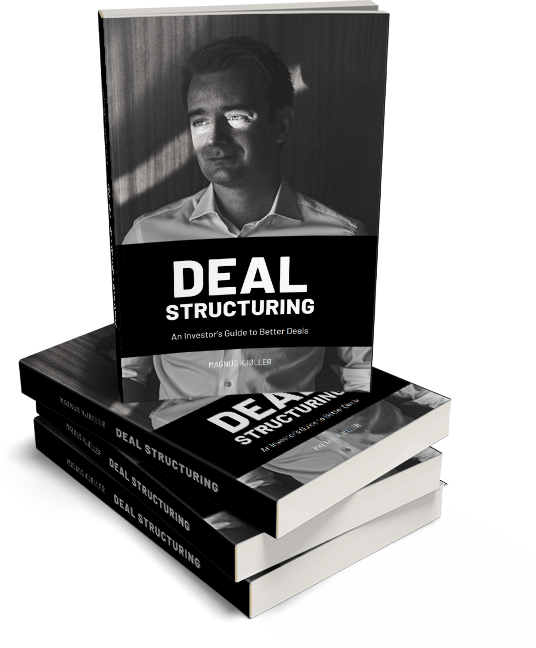Question & Answer
What’s the Best Way to Reach Out to Investors?

Reaching out to investors isn’t just about getting your pitch in front of the right people – it’s about doing it in a way that increases your chances of being taken seriously. With so many ways to connect in today’s world, founders often ask: what’s the best way to approach an investor? The answer isn’t as simple as firing off a LinkedIn message or cold-emailing a pitch deck. It depends on the investor, their process, and how they prefer to engage with opportunities.
Some investors are solo operators who review deals personally, while others are part of a structured firm with a formal process. The key is understanding how they operate and respecting their preferred way of receiving pitches. At Kjøller, for example, we’ve set up an application form on our website to get the right info, pre-screen and structure incoming opportunities (we actually also set it up with an adaptive Q&A flow depending on the initial information provided). It ensures we don’t lose track of potentially interesting deals and keeps everything organised. If an investor has a similar system, that’s the best place to start – follow the instructions they’ve put in place.
One of the biggest mistakes founders make, in my view, is blasting messages on LinkedIn, Instagram, or other social platforms. Many investors receive a flood of these messages daily, most of which end up in spam or the dreaded “message requests” folder, never to be seen. While social media can be useful for networking, it’s rarely the best way to make a first impression. If you’re reaching out this way, make sure you’ve interacted with the investor before – commented on their posts, engaged in discussions, or at least built some familiarity. A cold DM asking for funding is easy to ignore.
Email is still the gold standard for investor outreach, if there is no official website to go throguh, but even here, execution matters. Sending a vague “We’re raising money – interested?” won’t get much attention. Instead, a well-crafted, concise email that clearly states what you do, why you’re reaching out, and why this investor is a good fit will go much further. Personalisation is key. Investors can spot a mass email from a mile away. Mention something specific about their past investments, highlight why your company aligns with their focus, and make it easy for them to understand your value in just a few sentences.
Introductions are, by far, the best way to reach an investor. A warm intro from a mutual connection – whether another investor, a founder they’ve backed, or a trusted advisor – immediately adds credibility. If you don’t have a direct connection, work on networking within the investor’s circle. Attending events, participating in industry discussions, and building relationships with people who can vouch for you can make all the difference.
That being said, some investors are more accessible than others. Angel investors and early-stage funds often have a more informal process, making them easier to approach through various channels. Larger VC firms, on the other hand, tend to have structured systems in place, and cold outreach rarely works unless you’ve done your homework. If they have a website with a specific process for submitting deals, use it. They put it there for a reason.
Timing also plays a role. Investors aren’t always actively looking for deals, and reaching out when they’re heads-down on other commitments might mean your pitch gets ignored. If possible, research their recent activity. Have they announced new investments? Are they fundraising for their own fund? Keeping an eye on an investor’s public movements can help you pick the right moment to get in touch.
Once you’ve made contact, be prepared to follow up. Investors are busy, and even if they’re interested, they might not respond immediately. A polite, well-timed follow-up after a week or two can help keep the conversation alive without being pushy.
Ultimately, the best way to reach out to an investor is to approach them on their terms. If they have a process, follow it. If you’re going the cold outreach route, make it direct, concise, and personalised. If you can get a warm introduction, even better. Investors aren’t looking for reasons to say yes – they’re looking for reasons to filter out the noise. Make sure your approach stands out for the right reasons.

Deal Structuring
Buy the book today and dive into practical techniques that empower you to get started immediately, navigating transactions efficiently and maximizing your success in minimizing cash requirements.
In this book, you will:
- Be introduced to the fundamentals of deal structuring
- Learn 19 proven deal models for structuring deals
- Discover 39 key elements of deal nuances
- Access 32 actionable clauses for your term sheets
- Explore 9 specific deal structures
- Receive 257 pages of invaluable insights
- Gain the distilled expertise of 20 years